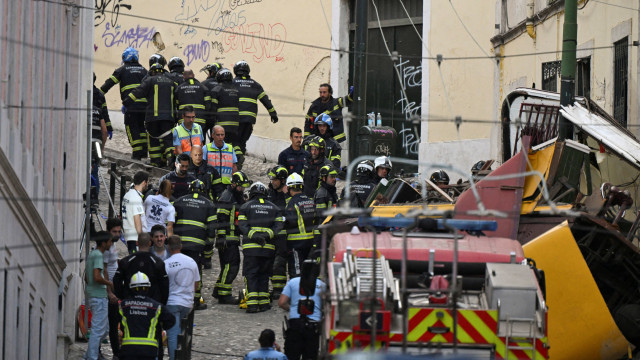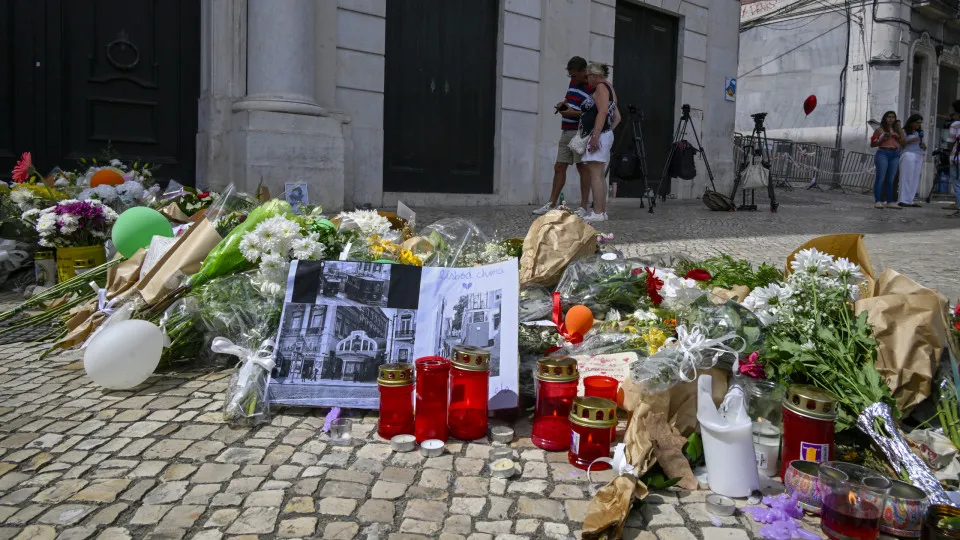The derailment of the Elevador da Glória in central Lisbon resulted in at least 17 fatalities and over 20 injuries on Wednesday afternoon. This incident raises questions about the system that attracts thousands of tourists annually.
Carlos Oliveira Cruz, Professor of Civil Engineering, Architecture, and Georesources at Instituto Superior Técnico, explained that the Calçada da Glória, where the elevator incident occurred, is a “street with an inclination of about 18%” and “just under 300 meters between the low and high levels.”
The elevator system maintains “the basic functioning principle it was designed with 140 years ago,” operating “in pairs.”
“We have two vehicles connected by a cable, and the weight of the descending vehicle propels the vehicle below upwards,” he explained, adding that “it functions like a counterweight.”
“Initially, it operated as a water counterweight system, which evolved, and today it’s an electric system that activates and generates movement, but the significant propulsion effort is precisely due to the weight of the vehicles,” he stated.
When asked if a problem in one of the carriages affects the other, the engineer explained that it is “a unique system composed of various subsystems,” and in this case, “the unique system consists of the two carriages connected by a cable and electrically activated by a motor.”
“These systems introduce certain redundancies. Besides this cable, which in some way supports and moves the vehicles, there are also brakes that aid in stopping the vehicles and, in critical situations, should help immobilize a vehicle, rendering the system inoperable but not allowing the vehicles to move uncontrollably,” he said.
The professor noted that “there were failures, possibly simultaneous ones.” “This tragedy has shown that within these systems, there were errors,” he lamented.
It is recalled that the Elevador da Glória, located in central Lisbon, derailed at 6:04 PM on Wednesday on the Calçada da Glória.
The latest updates indicate at least 17 fatalities and 21 injuries. Among the injured are 12 women, seven men aged between 24 and 65, and a three-year-old child.

The brake operator, André Marques, is one of the fatalities of the Elevador da Glória derailment in central Lisbon.
In a press conference this Thursday, Margarida Castro Martins, Director of Civil Protection at Lisbon City Hall, confirmed that among the injured transported to the hospital are four Portuguese, two Germans, two Spaniards, one Korean, one Cape Verdean, one Canadian, one Italian, one French, one Swiss, and one Moroccan.
The nationality and age of the deceased, which includes seven men and eight women, will be disclosed later by the Public Prosecutor’s Office (MP).
The government has declared a day of national mourning this Thursday, while the Lisbon City Hall has declared three days of municipal mourning.




